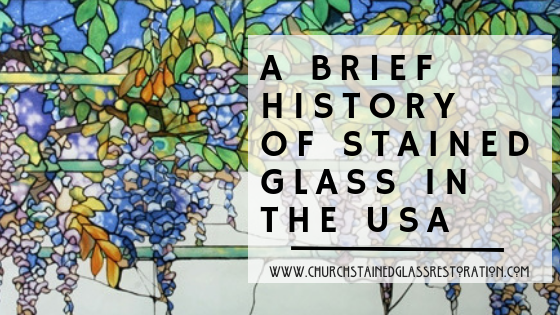
Stained glass windows have been an integral part of churches for centuries. These intricate works of art are reflections of faith, history, and craftsmanship. However, over time, many church stained glass windows fall into disrepair or become damaged. Restoring these treasures provides immense benefits for both the church and the entire community. In this article, we’ll explore the many reasons why church stained glass restoration should be a priority.
Historical Significance of Church Stained Glass
Stained glass first appeared in churches during the Middle Ages. These biblical scenes and religious images were used to help tell stories and convey meaning to largely illiterate congregations. Over the centuries, stained glass windows evolved into ornate masterpieces while still serving an educational purpose. Many feature the artistry of renowned craftsmen. Preserving this fragile history ensures future generations can experience and appreciate these works of art. Restoration allows us to safeguard our shared cultural heritage.
The Artistry and Craftsmanship of Stained Glass
From small country chapels to grand cathedrals, stained glass windows exhibit incredible artistry and skill. Talented artisans carefully design each scene, choosing colors and textures to create a specific mood. Master craftsmen then hand-cut each piece of glass and assemble them into breathtaking works of art. Sadly, factors like sun damage and weathering can degrade these irreplaceable creations. Professional restoration preserves their visual impact and painstaking artistry.
Preservation Challenges
Over decades and centuries, stained glass endures many threats including weathering, vandalism, structural shifts, and more. Sunlight in particular can cause fading, warping, and breakage. Seasonal shifts and extreme weather events also take their toll. Additionally, security vulnerabilities leave windows susceptible to damage. Addressing these challenges through restoration ensures future preservation.
Benefits of Church Stained Glass Restoration
Restoring church stained glass provides many community benefits beyond preserving heritage. It also stimulates the local economy, creates jobs, promotes tourism, educates the public, and more.
Preservation of Cultural and Religious Heritage
Each church’s stained glass has deep connections to local history and faith traditions. Restoration strengthens these community bonds by safeguarding treasured artifacts. It allows future generations to learn about their collective past.
Economic Benefits
From artisan glaziers to construction crews, restoration projects support local jobs and businesses. Preserved stained glass also attracts tourists, bringing revenue to the community. Surrounding businesses often see increased patronage as well.
Community Engagement and Education
Restoration offers opportunities to engage local artists, historians, schools, and civic groups. Students may participate in documenting windows or learning traditional glazing techniques. Experts can lecture on stained glass skills, history, and symbolism. Such outreach raises awareness and connects the community.
Aesthetic and Architectural Enhancement
Nothing transforms a space like restored stained glass. Natural light filtering through vibrant windows creates an unrivaled ambiance. Structurally, restoration also enhances weatherization, safety, and stability. The revived beauty inside and outside the church benefits all who experience it.
Funding and Support
While urgent, restoration can be costly. Funding may come from grants, private donations, church fundraising campaigns, or civic partnerships. With community backing, resources can be secured to revive valuable church artifacts. Support from historical societies and arts organizations enhances public engagement efforts as well.
The Future of Church Stained Glass Restoration
As stewards of these masterpieces, ongoing preservation is critical. Raising awareness, advocating for funding, and engaging stakeholders ensures stained glass survives for future congregations. With community dedication, these windows will continue inspiring for generations to come.
Contact Our Restoration Experts Today
For centuries, stained glass has enlightened and inspired churchgoers. Beyond their beauty, these windows give insight into local heritage and faith. Sadly, many now face deterioration and damage. Investing in restoration provides immense benefits, from preserving history to driving economic growth. Most importantly, revived stained glass allows communities to reconnect with their shared past. We hope this article inspires readers to take action by supporting restoration projects in their area. Together, we can ensure these fragile works of art survive for centuries. To learn about restoring your church’s stained glass, contact us today.






About The Author: Martin Faith
Martin Faith is an expert in the areas of stained glass conservation, preservation, and history. For over thirty years, he has been working as a stained glass artisan and restoration expert. Martin grew up studying stained glass in Glasgow, where he began acquiring and salvaging beautiful collectibles made by Scottish artisans. In Glasgow, he learned the critical skills and traditional techniques required for creating the stunning stained glass windows produced by his company today in the United States, where he now resides with his wife and family. Over the years, Martin has consulted on numerous church stained glass restoration projects throughout the nation, ranging in size and complexity. Martin and his team have successfully repaired hundreds of religious stained glass windows, including those belonging to churches, cathedrals, temples, and synagogues as well as all religious denominations. He has overseen over 50,000 projects in total and is one of the most accomplished professionals in the industry.
More posts by Martin Faith